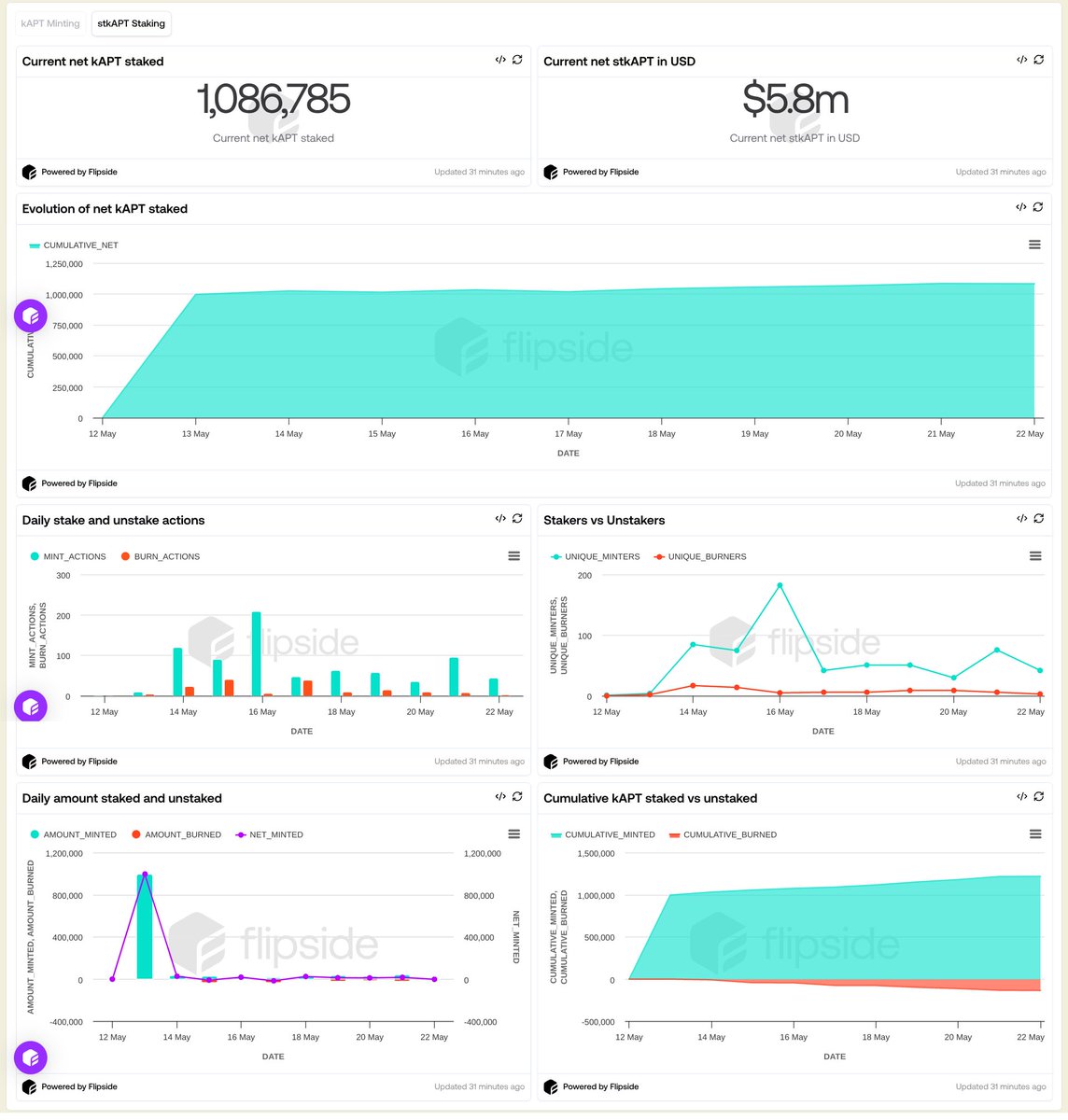Exploring the Evolution and Impact of Artificial Intelligence
In recent years, Artificial Intelligence (AI) has transitioned from a futuristic concept to a pervasive technology influencing nearly every aspect of our lives. This profound transformation presents a fascinating journey worth exploring, not only because of AI’s capabilities but also due to its rapid evolution, ethical challenges, and broad societal implications. Let’s dive into what AI truly is, how it’s reshaping industries, the challenges it poses, and the promising paths ahead.
—
What Exactly Is AI? Cutting Through the Complexity
At its core, AI refers to machines or software systems designed to perform tasks that traditionally require human intelligence. These tasks include learning from data, understanding natural language, recognizing patterns, making decisions, and even creative problem-solving. Despite its seemingly complex nature, AI broadly falls into two categories:
– Narrow AI: Systems specialized in specific tasks—think virtual assistants like Siri or autonomous vehicles.
– General AI: Hypothetical systems with cognitive capabilities matching or exceeding humans across a wide range of tasks.
Currently, most real-world applications revolve around narrow AI, which excels at specialized functions but lacks human-like consciousness or adaptability.
—
AI’s Transformative Role Across Industries
AI’s impact is ubiquitous and evolving rapidly across numerous sectors, driving efficiency, innovation, and enhanced user experiences.
Healthcare
AI algorithms analyze medical images, predict disease outbreaks, and personalize treatment plans. For example, AI-powered diagnostic tools have improved early cancer detection rates, potentially saving countless lives. These systems can process vast datasets far quicker than humans, identifying subtle patterns invisible to the naked eye.
Finance
From fraud detection to algorithmic trading, AI remodels the finance landscape. Machine learning models analyze transaction histories and flag anomalies instantly, decreasing fraudulent activities. Additionally, robo-advisors provide personalized investment advice accessible to a broader population.
Manufacturing and Automation
Robotics powered by AI streamline production lines, coordinate logistics, and predict maintenance needs. Such automation boosts productivity while enhancing safety by taking over dangerous or repetitive tasks.
Customer Service
Conversational AI, like chatbots, improves customer interactions by providing instant support around the clock. Beyond scripted responses, modern AI can understand sentiment and context, leading to more natural and effective engagements.
—
Challenges and Ethical Quandaries in AI Development
Despite AI’s vast potential, it raises critical questions and concerns that merit attention.
Bias and Fairness
AI systems learn from historical data, which may embed societal biases. Consequently, AI-driven decisions can inadvertently perpetuate discrimination, particularly in hiring, law enforcement, or lending. Recognizing and mitigating such biases is paramount for fairness.
Transparency and Explainability
Many AI models, especially deep learning networks, operate as “black boxes,” making decisions without clear rationale. This opacity challenges trust and regulatory compliance, especially where accountability is crucial.
Job Displacement
Automation threatens traditional jobs, particularly in sectors relying on routine manual or cognitive work. While AI may create new employment categories, the transition risks widening economic disparities if not managed proactively.
Privacy Concerns
AI’s hunger for vast datasets can conflict with individual privacy rights. Striking the right balance between innovation and privacy protection requires evolving legal frameworks and technological safeguards.
—
The Road Ahead: Synergy Between Humans and AI
AI doesn’t aim to replace humans but rather to augment human capabilities. The most exciting innovations lie in this collaboration. Systems that enhance creativity, decision-making, and problem-solving are paving the way for a future where humans and machines complement each other’s strengths.
Explainable AI (XAI)
Developing models that provide transparent, understandable reasoning will build greater trust and wider adoption.
Ethical AI Frameworks
Organizations worldwide are crafting ethical guidelines to govern AI development, emphasizing fairness, accountability, and inclusivity.
Lifelong Learning and Adaptability
Future AI systems aim to continue learning beyond initial training, adapting to new situations dynamically much like humans.
Democratization of AI
Efforts to make AI tools accessible to non-experts empower broader participation, fueling innovation across smaller businesses and communities.
—
Conclusion: A Journey Filled with Promise and Prudence
Artificial Intelligence stands at a crossroads—an engine of remarkable progress yet a field demanding caution and thoughtful stewardship. Its ability to decipher complex problems, enhance productivity, and open new frontiers is unparalleled. However, realizing AI’s full potential depends on addressing ethical dilemmas, ensuring inclusivity, and fostering human-AI partnerships.
As we propel into an AI-augmented future, the narrative is not solely about technology but about society’s choices shaping how these tools serve humanity. Embracing AI with curiosity, critical thinking, and responsibility will enable us to harness innovation while safeguarding shared values—crafting a future where technology amplifies human dignity and potential.
—
References
– A Beginner’s Guide to Artificial Intelligence
– AI in Healthcare: Opportunities and Challenges
– Ethical Considerations in AI
– The Future of Work and AI
– Explainable AI: Building Trust in Machine Learning Models
—
If you’d like, I can help explore specific AI technologies, ethical debates, or industry impacts in more detail!

